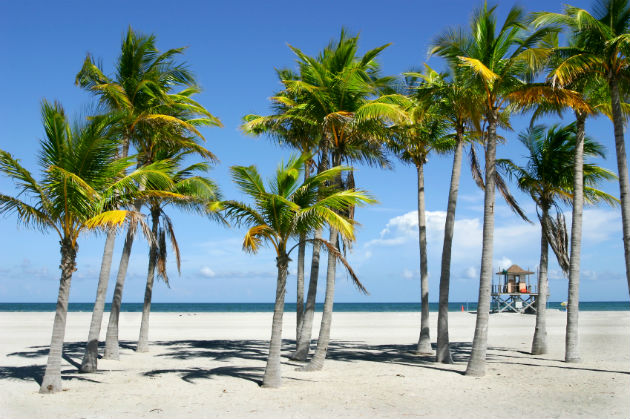Miami. It’s that hot city that birthed
Miami Vice, popularized rollerblading and inspired Will Smith’s timeless hit, “Miami.”
Tourists visit Miami for its delicious weather, its incredible food and its glorious beaches. South Beach clubs and restaurants draw in tourists from around the world. The economy here thrives on tourism, and tourism thrives on Miami’s great weather.
So, how will climate change affect this global city?
Climate change, more descriptive a term than global warming, poses serious threats to south Florida, the most hazardous being severe weather. As water temperatures warm and sea levels rise, Miami will be even more susceptible to intense storms and hurricanes. The warming seawater has potential to damage the temperature-sensitive coral reef, which often protects us Floridians from harsh weather.
Miami’s terrain is only 40 feet at its tallest point, but its average elevation is a mere 6 feet above sea level. Experts expect south Florida sea levels to rise around 20 inches by 2100. According to a recent
EPA case study, “the sea along the Florida coast is rising six to 10 times faster than the average rate for that area over the past 3,000 years.”
Climate change introduces other grim consequences, such as extreme temperatures, water scarcity and heat stress for Miami’s people, animals and wildlife.
Here’s what we can do to protect our beloved Miami:
- Planting trees near your home provides shade, lowers the cost of cooling your home and helps absorb carbon dioxide in the air.
- Walk, carpool, bike or take public transportation whenever possible.
- Reduce your water consumption by turning off the faucet while brushing your teeth, using low-water toilets and showerheads and conserving water when washing your car or watering your lawn and garden.
- If you’re in need of a new appliance, consider one with an Energy Star label to reduce emissions and promote energy efficiency.
- Recycle. Reuse. Rethink.
- Inform your friends on small ways they can help the planet — think lowering the temperature on your water heater, using energy-efficient light bulbs and purchasing items with recycled/recyclable packaging.
For more information on climate change and what it means to you, visit Blog Action Day, the Environmental Protection Agency and the United States Global Change Research Program.
